Home>Gardening & Outdoor>Landscaping Ideas>How High To Cut My Grass In Spring
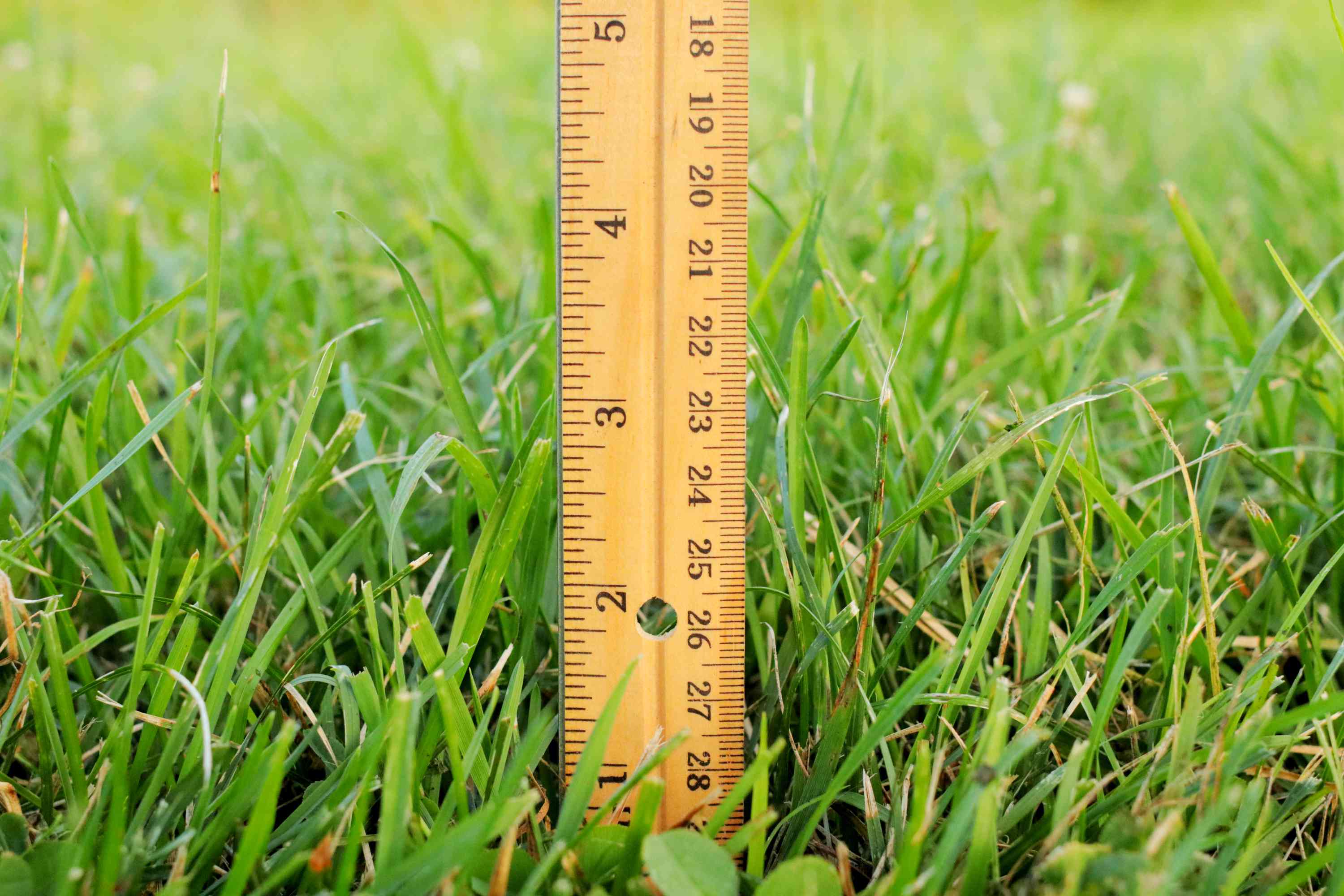

Landscaping Ideas
How High To Cut My Grass In Spring
Modified: January 28, 2024
Discover the best spring grass cutting height with our expert landscaping ideas. Achieve a lush, healthy lawn this season.
(Many of the links in this article redirect to a specific reviewed product. Your purchase of these products through affiliate links helps to generate commission for Storables.com, at no extra cost. Learn more)
**
Introduction
**
As the vibrant colors of spring emerge and the gentle warmth of the sun beckons us outdoors, it's time to turn our attention to the rejuvenation of our lawns. The arrival of spring heralds the perfect opportunity to breathe new life into our outdoor spaces, and one of the crucial tasks in this process is mowing the grass. While it may seem like a mundane chore, the height at which you cut your grass during the spring months can significantly impact the health and appearance of your lawn throughout the entire season. By understanding the optimal grass height and employing the right mowing techniques, you can cultivate a lush, verdant lawn that becomes the envy of the neighborhood.
In this article, we will delve into the nuances of grass cutting in the spring, exploring the factors to consider, the ideal grass height, and essential tips for achieving a well-manicured lawn. Whether you're a seasoned lawn care enthusiast or a novice gardener, the insights shared here will empower you to elevate your lawn care game and achieve a stunning outdoor space that beckons you to bask in the beauty of spring. So, let's embark on this journey to discover the art and science of cutting grass in the springtime.
Key Takeaways:
- Embrace spring by mowing your grass at the right height for a lush, healthy lawn. Consider factors like grass type and weather, and follow tips like sharpening mower blades for optimal results.
- Elevate your lawn care game by mowing at the ideal height for your grass type. Remember the “one-third” rule, adjust mowing frequency, and follow safety precautions for a beautiful, resilient lawn.
Read more: When To First Cut My Grass In The Spring
Factors to Consider
Before diving into the specifics of grass cutting height, it’s essential to consider several factors that can influence the approach to spring lawn care. Understanding these elements will enable you to tailor your mowing practices to suit the unique needs of your lawn, ultimately fostering a thriving and resilient grass carpet. Here are the key factors to consider:
1. Grass Type: Different grass species have varying growth habits and ideal heights. Whether your lawn features cool-season grasses like Kentucky bluegrass and fescue or warm-season varieties such as Bermuda grass and zoysia, it's crucial to identify the specific type of grass you have to determine the most suitable mowing height.
2. Weather Conditions: The fluctuating weather patterns of spring can impact the growth rate of your lawn. Keep an eye on temperature, rainfall, and sunlight levels, as these factors can influence how quickly your grass grows and, consequently, how frequently you need to mow it.
3. Soil Moisture: Adequate soil moisture is vital for the health of your lawn. Drought conditions or excessive rainfall can affect the grass's growth and resilience. Monitoring soil moisture levels will help you adjust your mowing schedule and techniques accordingly.
4. Lawn Health: Assess the overall health of your lawn. If it has endured winter damage or shows signs of thatch buildup, you may need to adjust your mowing practices to facilitate recovery and promote vigorous growth.
5. Lawn Usage: Consider how your lawn is used. If it serves as a playground for children or pets, you may need to maintain it at a different height compared to a lawn primarily intended for aesthetic purposes.
By taking these factors into account, you can develop a holistic approach to spring lawn care that aligns with the specific needs of your grass, setting the stage for a lush and resilient lawn throughout the season.
Ideal Grass Height in Spring
One of the most critical aspects of spring lawn care is determining the ideal grass height for mowing. The optimal grass height varies depending on the specific grass species in your lawn, as well as the prevailing weather conditions and soil moisture levels. Here’s a closer look at the ideal grass height for common grass types during the spring season:
- Cool-Season Grasses: Varieties such as Kentucky bluegrass, fescue, and ryegrass thrive when maintained at a height of around 2.5 to 3.5 inches during the spring months. This slightly taller mowing height helps these grasses develop deep root systems and promotes shade over the soil, which aids in moisture retention and inhibits weed growth.
- Warm-Season Grasses: Grasses like Bermuda grass, zoysia, and St. Augustine grass benefit from being mowed at a height of approximately 1.5 to 2.5 inches in the spring. This lower mowing height encourages lateral growth and helps these grasses establish a dense, lush appearance.
It’s important to note that adhering to the recommended mowing heights for your specific grass type is crucial for maintaining its health and vigor. Mowing too low can stress the grass and make it more susceptible to pests, diseases, and environmental stressors, while mowing too high can lead to thatch buildup and a less resilient lawn.
Additionally, it’s advisable to adjust the mowing frequency based on the growth rate of your grass. During periods of rapid growth, more frequent mowing may be necessary to keep the lawn at the desired height without removing an excessive amount of grass blades in a single mowing session.
By understanding the ideal grass height for your specific lawn and adapting your mowing practices accordingly, you can foster a robust and visually appealing lawn that thrives throughout the spring season and beyond.
In the spring, it’s best to cut your grass to a height of about 2-3 inches. This allows for healthy growth and helps prevent weed growth.
Tips for Cutting Your Grass
When it comes to mowing your lawn in the spring, employing the right techniques can make a significant difference in the health and appearance of your grass. Here are some valuable tips to ensure that your grass cutting endeavors yield optimal results:
- Sharpen Your Mower Blades: Dull mower blades can tear the grass blades, leading to a ragged and uneven cut. Ensure that your mower blades are sharp to achieve clean and precise cuts, promoting the overall health of the grass.
- Follow the “One-Third” Rule: Adhere to the “one-third” rule, which recommends removing no more than one-third of the grass blade's height in a single mowing session. This practice prevents stress on the grass and encourages healthier regrowth.
- Mow When the Grass is Dry: Mowing wet grass can result in clumping and an uneven cut. Aim to mow when the grass is dry to achieve a more uniform and aesthetically pleasing appearance.
- Alternate Mowing Patterns: Varying your mowing patterns with each session helps prevent soil compaction and encourages the grass blades to grow more upright, leading to a more even and attractive lawn.
- Leave Grass Clippings on the Lawn: Unless the grass is excessively long, leaving the clippings on the lawn can provide valuable nutrients to the soil as they decompose, promoting healthier grass growth.
- Adjust Mowing Frequency: Monitor the growth rate of your grass and adjust the mowing frequency accordingly. During periods of rapid growth, more frequent mowing may be necessary to maintain the ideal grass height.
- Stay Safe: Prioritize safety by wearing appropriate footwear and eye protection when mowing, and be mindful of potential hazards such as rocks, branches, or uneven terrain in your lawn.
By incorporating these tips into your grass cutting routine, you can elevate the health and aesthetics of your lawn, fostering a verdant and inviting outdoor space that enhances the beauty of your home.
Conclusion
As spring breathes new life into the world around us, our attention turns to the revitalization of our outdoor sanctuaries. Mowing the grass in the spring is not merely a routine chore; it is an artful practice that can shape the health and beauty of our lawns for the entire season. By considering the unique factors influencing your lawn, understanding the ideal grass height for your specific grass type, and implementing the right mowing techniques, you can cultivate a lush and resilient lawn that becomes a source of pride and joy.
As you embark on your spring lawn care journey, remember that the health of your grass is intricately linked to the care and attention you provide. By sharpening your mower blades, following the “one-third” rule, and mowing when the grass is dry, you can set the stage for a well-manicured lawn that beckons you to savor the splendors of the season.
Embrace the rhythm of spring and infuse your lawn care routine with mindfulness and expertise. By nurturing your grass with the knowledge and techniques shared in this article, you can create an outdoor haven that invites you to revel in the beauty of nature.
So, as you set out to mow your lawn and tend to its needs, may your efforts yield a tapestry of green that enlivens your surroundings and offers a welcoming embrace to all who tread upon it. Here’s to a season of flourishing landscapes and the simple joys of a well-tended lawn.
Frequently Asked Questions about How High To Cut My Grass In Spring
Was this page helpful?
At Storables.com, we guarantee accurate and reliable information. Our content, validated by Expert Board Contributors, is crafted following stringent Editorial Policies. We're committed to providing you with well-researched, expert-backed insights for all your informational needs.
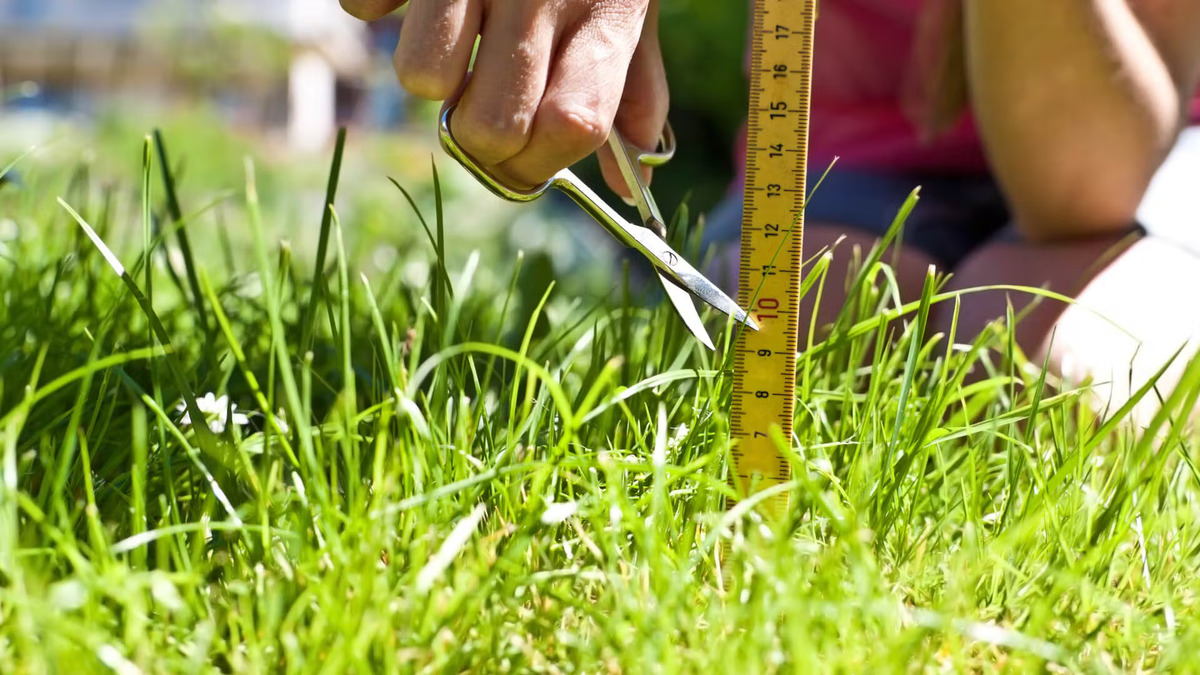
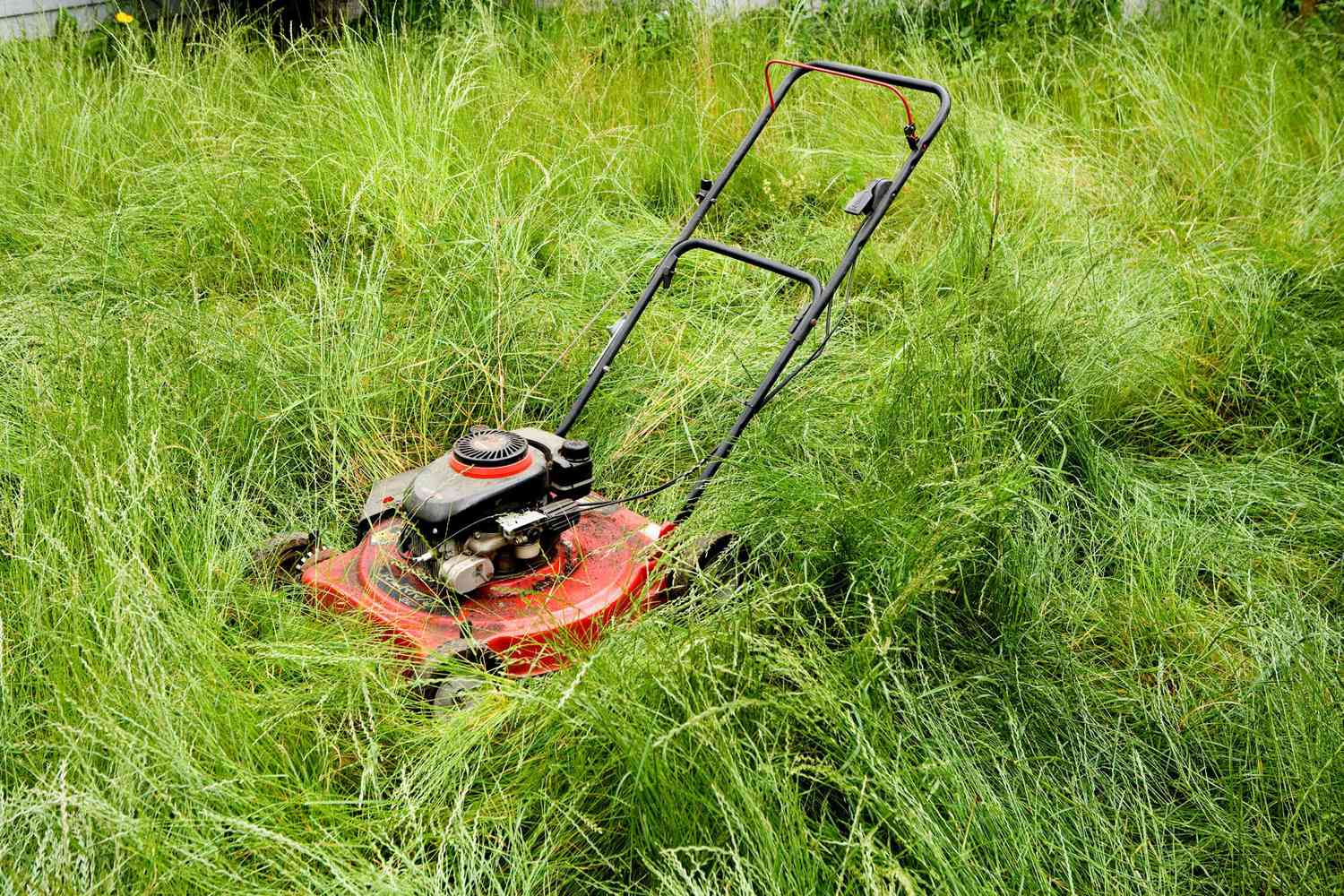
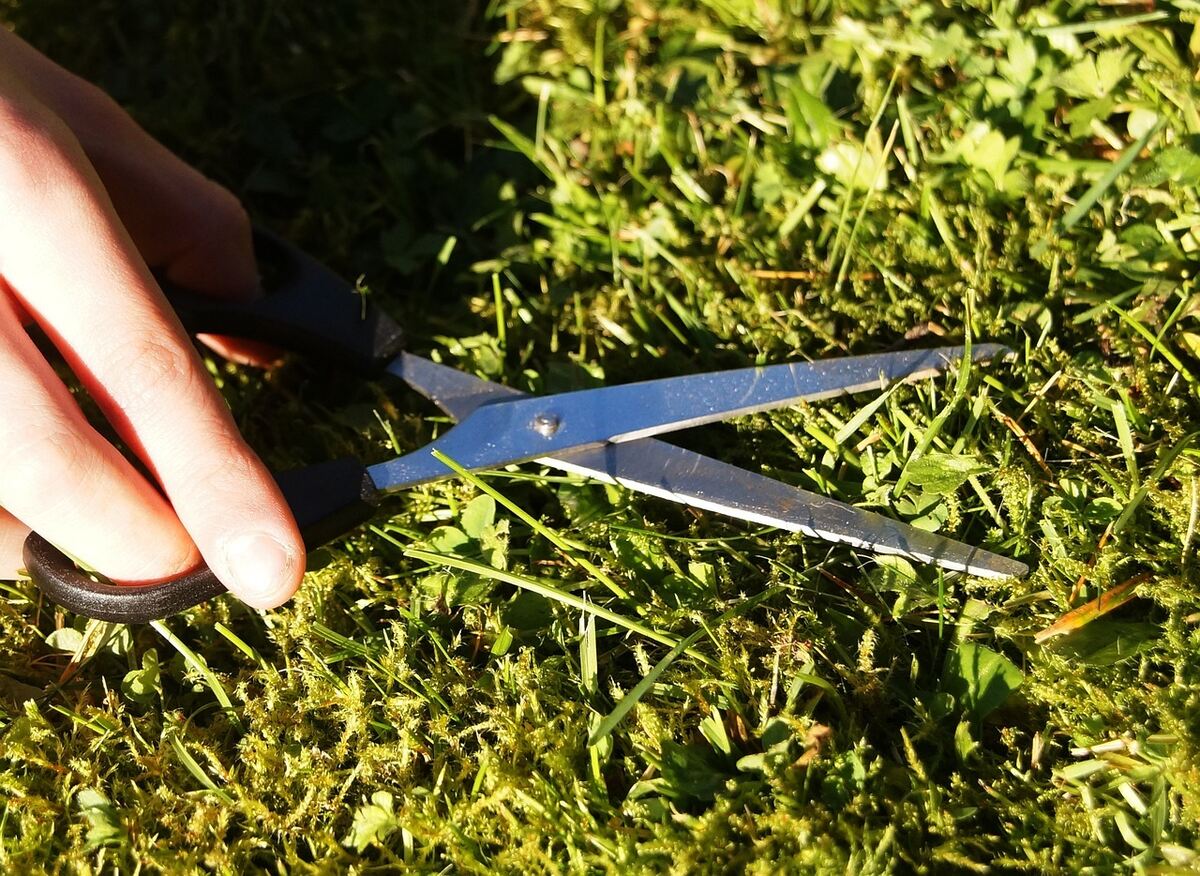
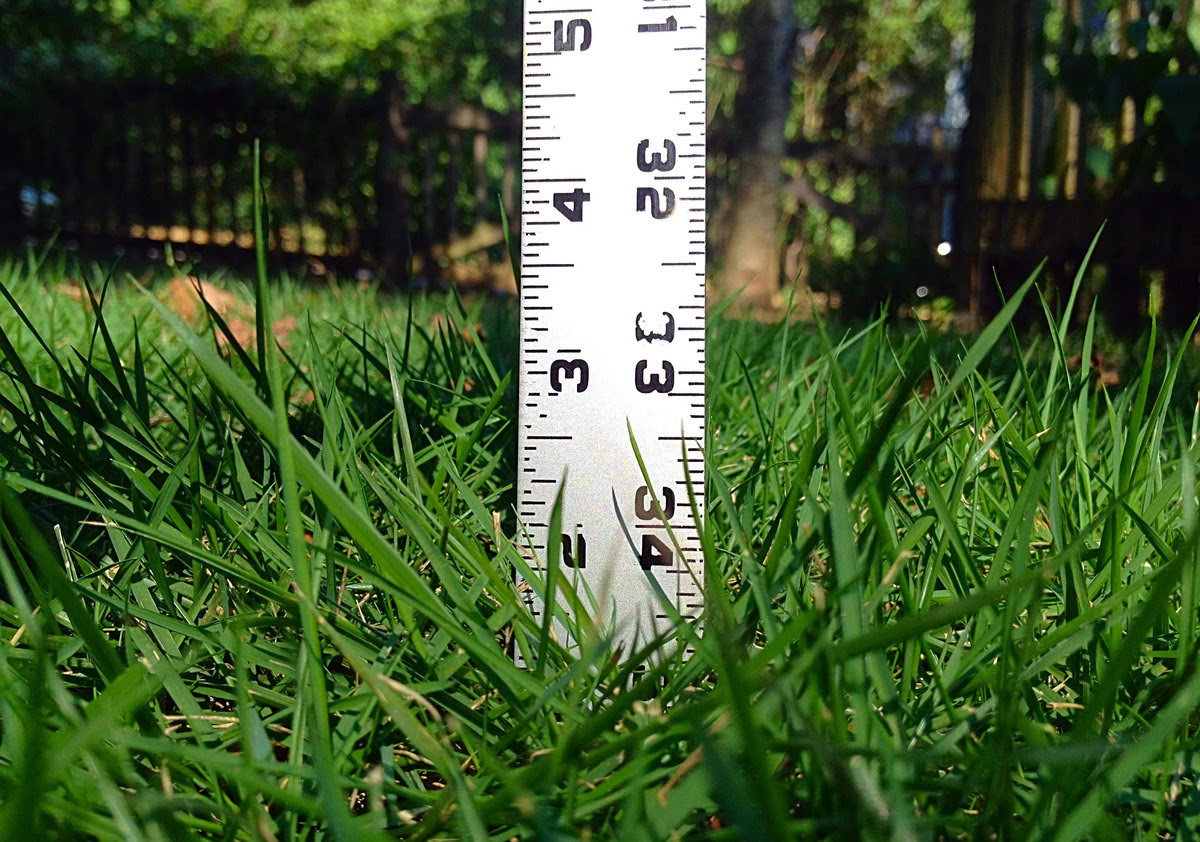
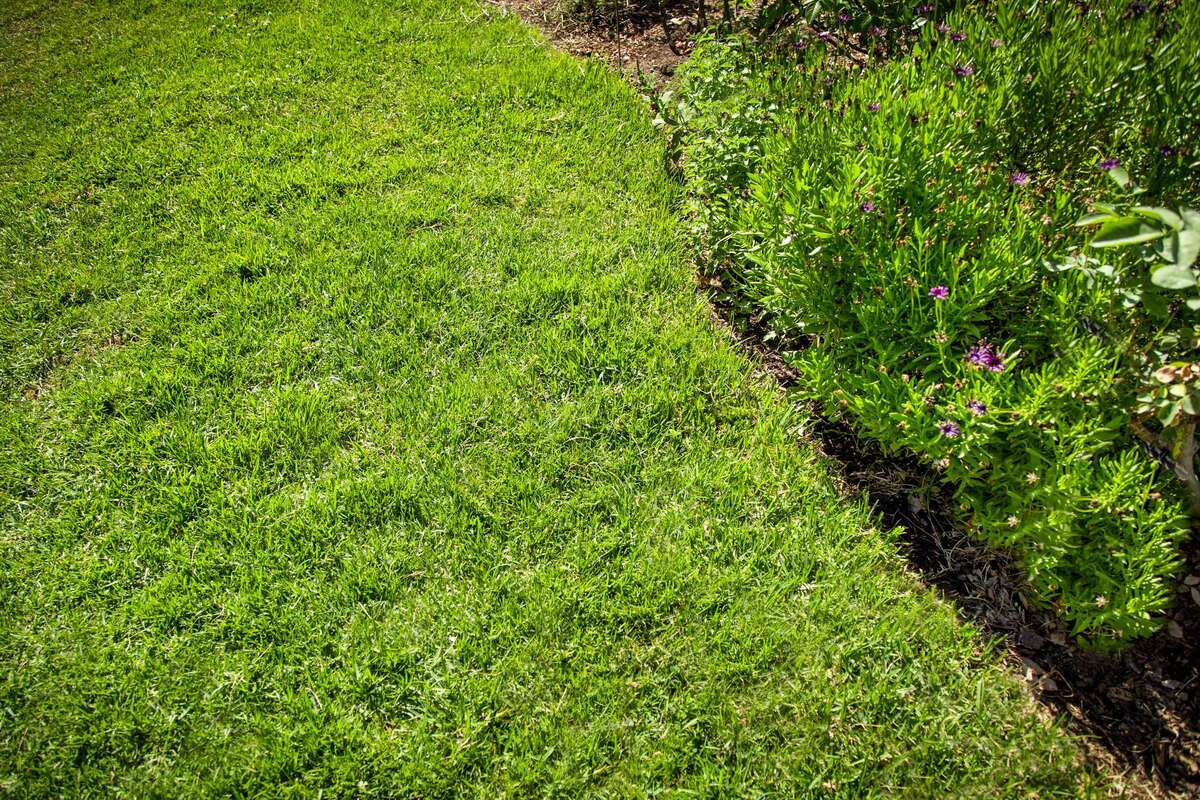

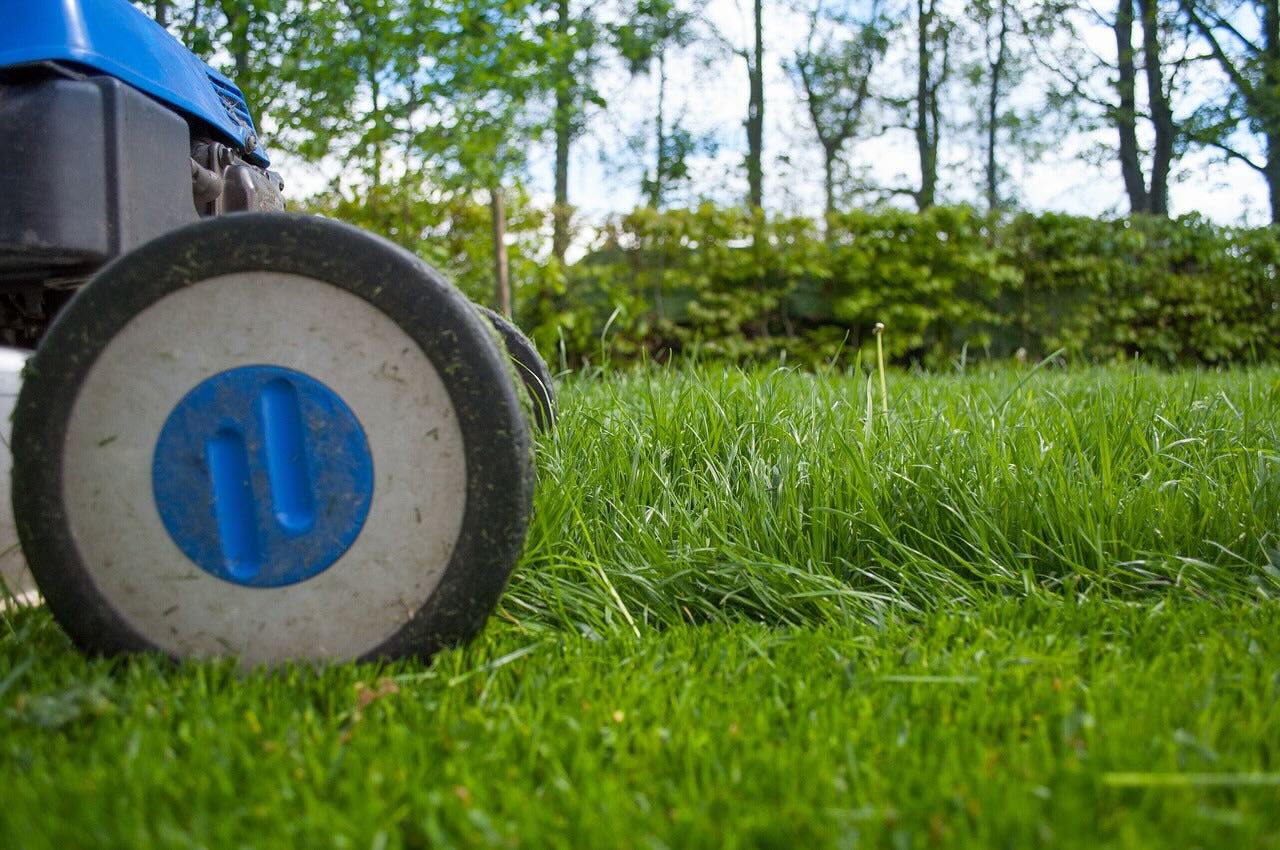

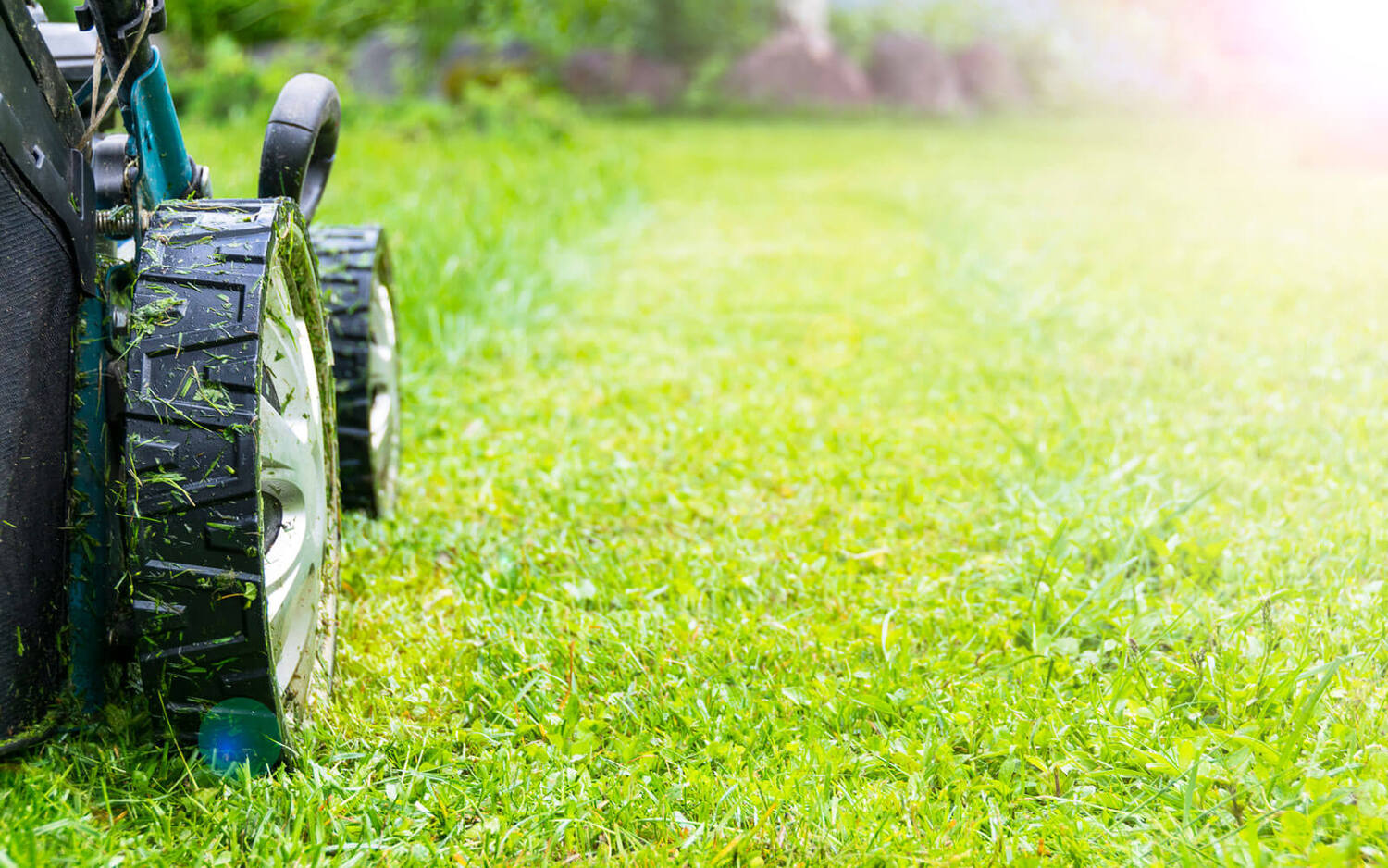
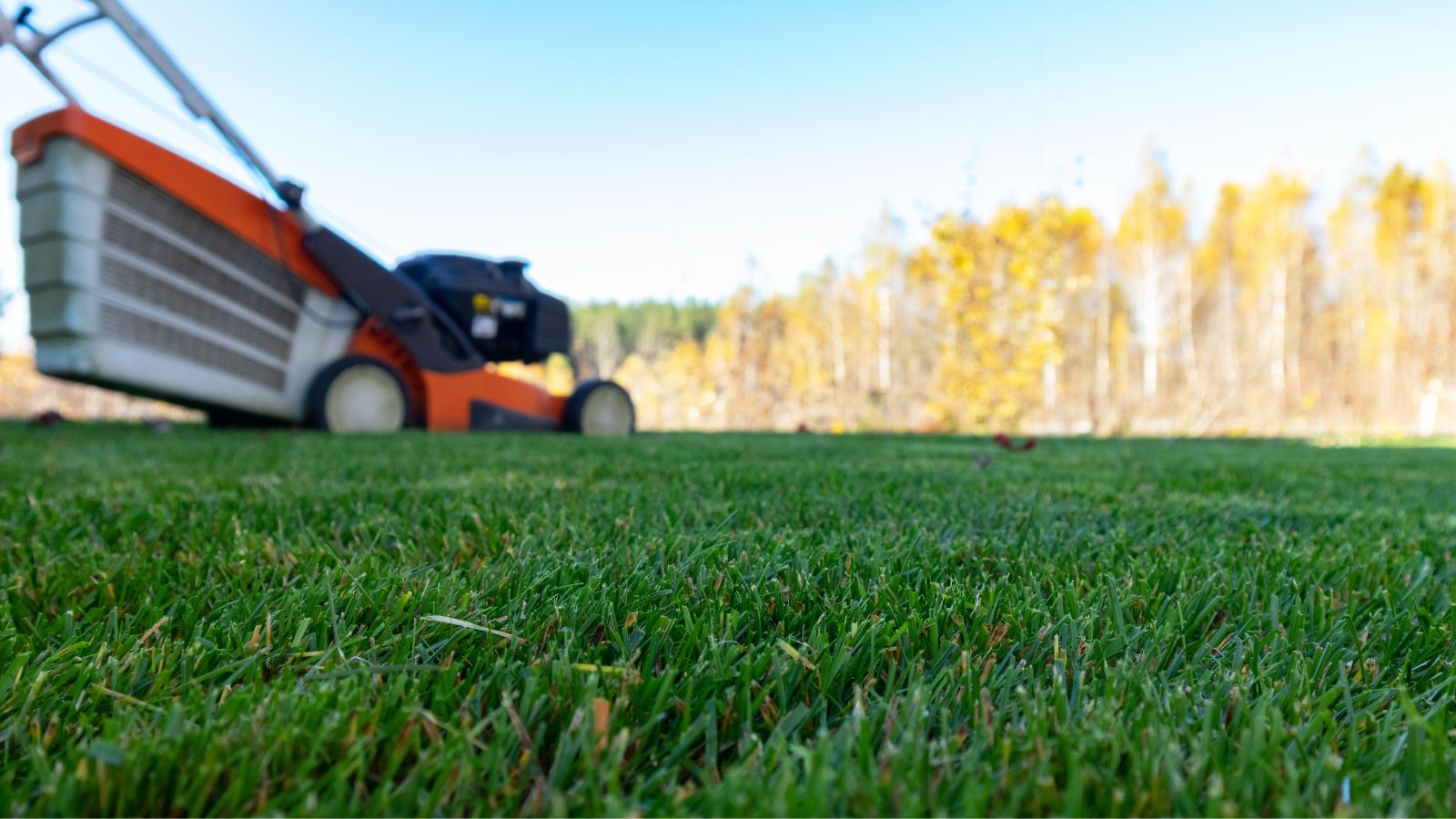

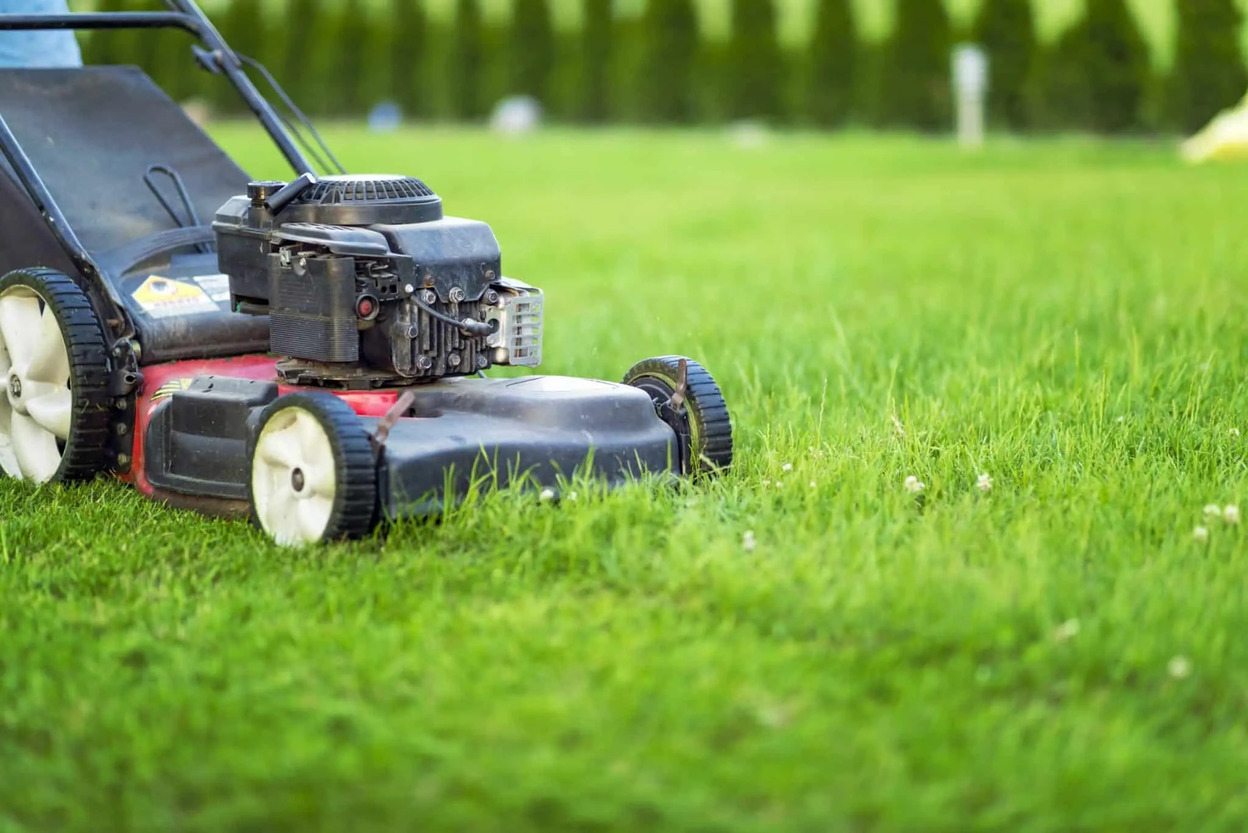
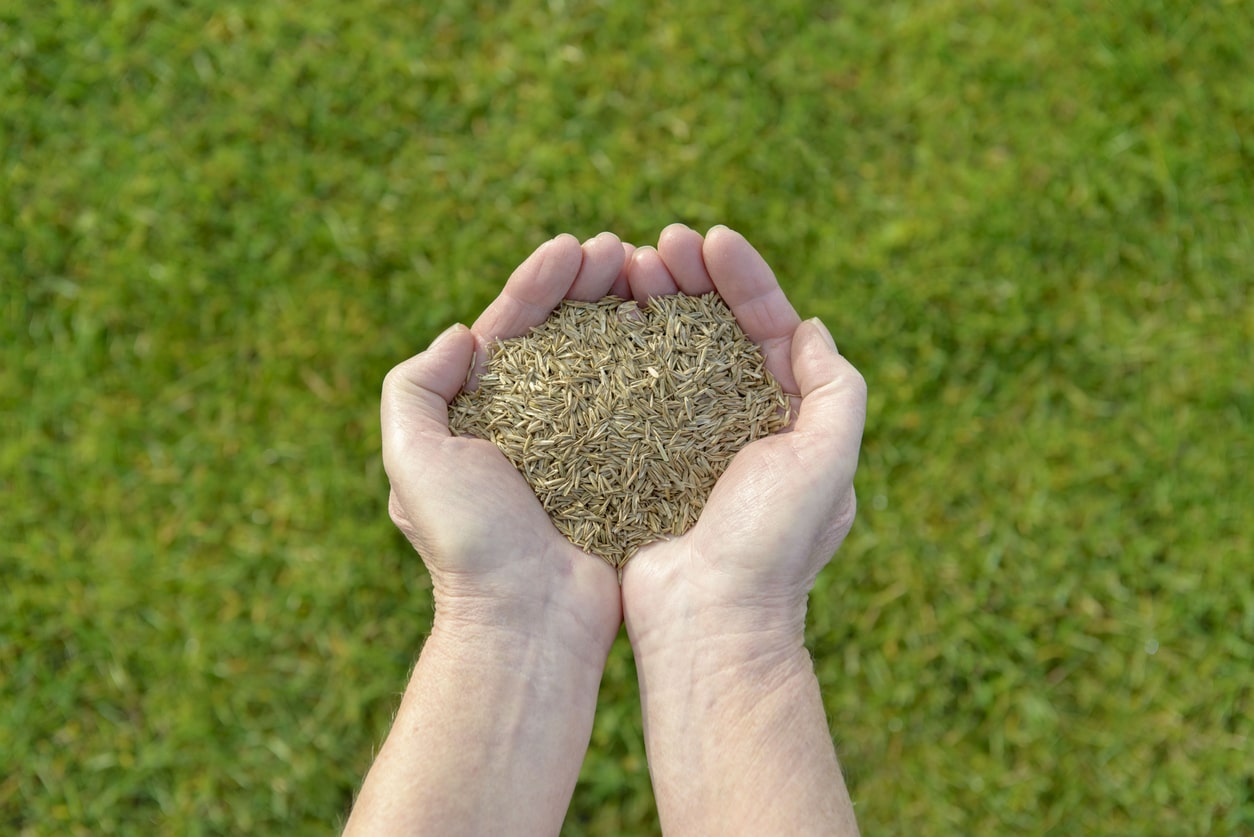

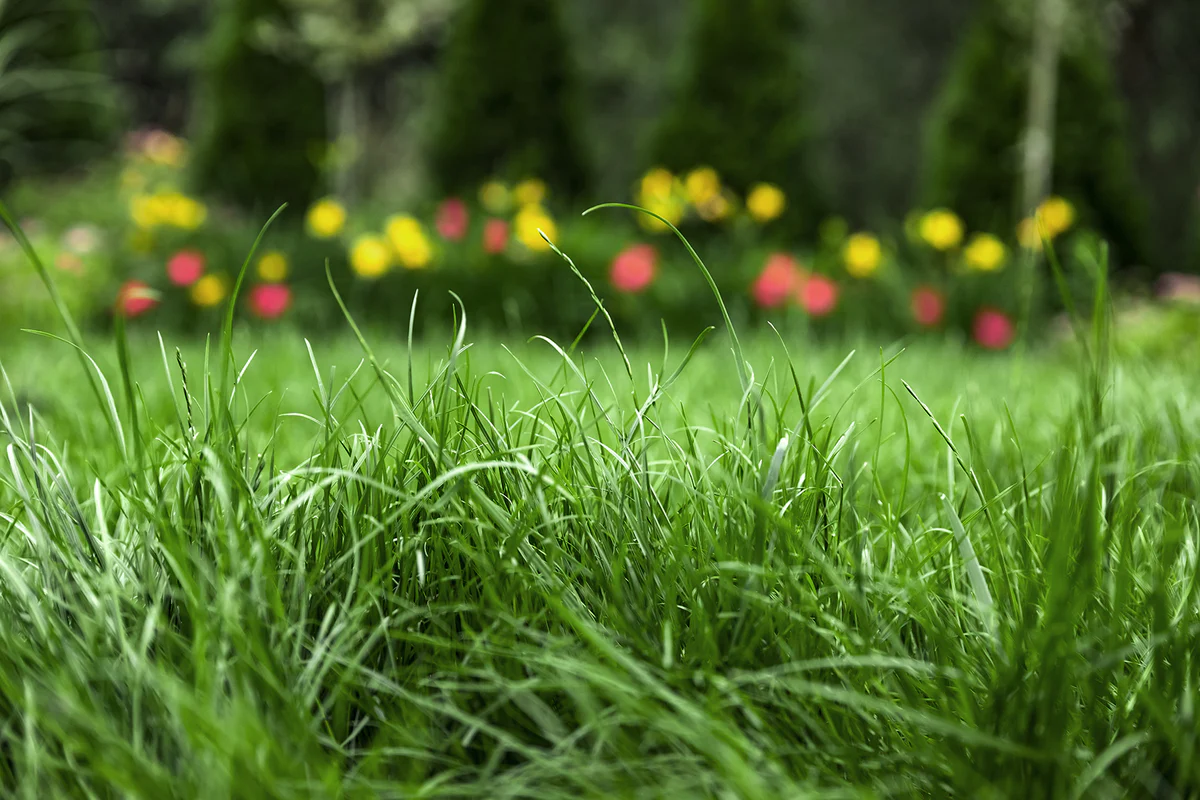

0 thoughts on “How High To Cut My Grass In Spring”